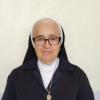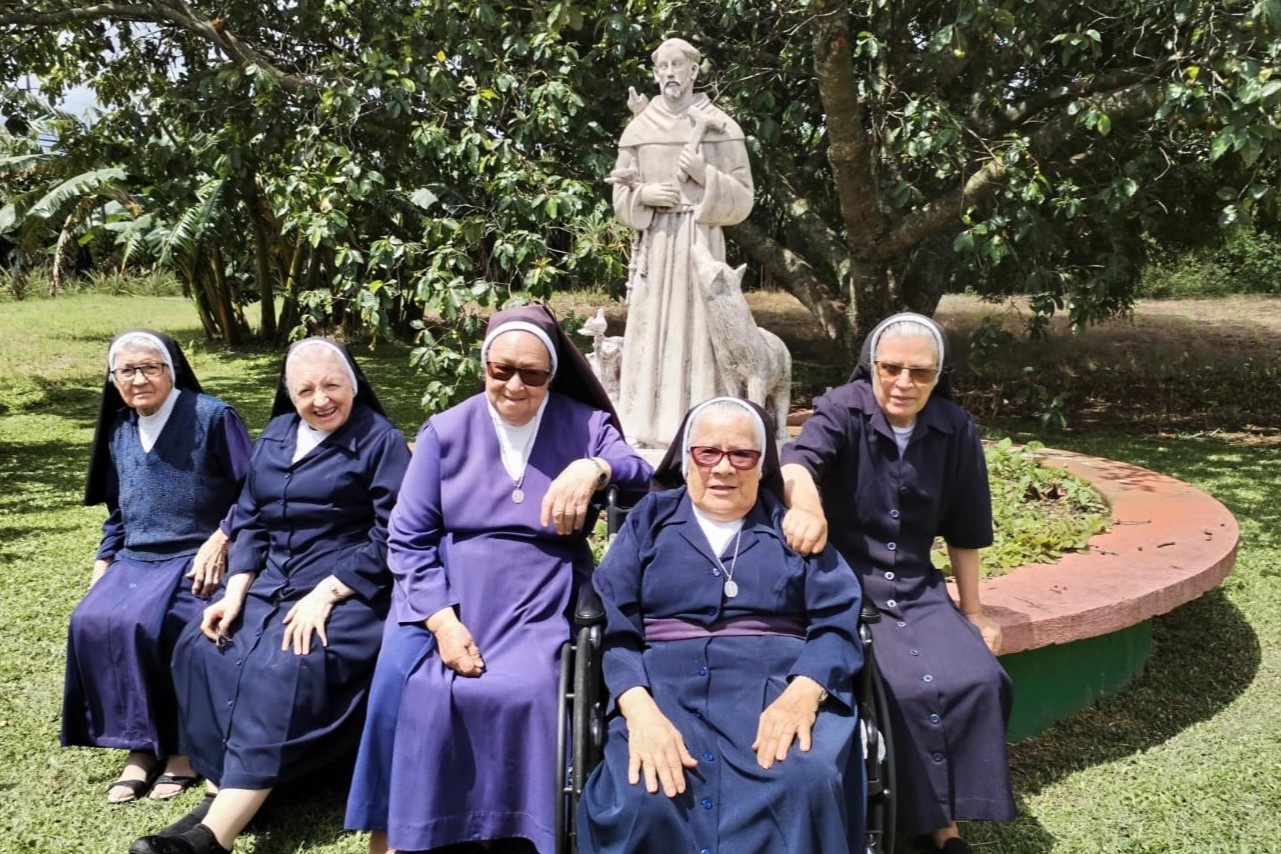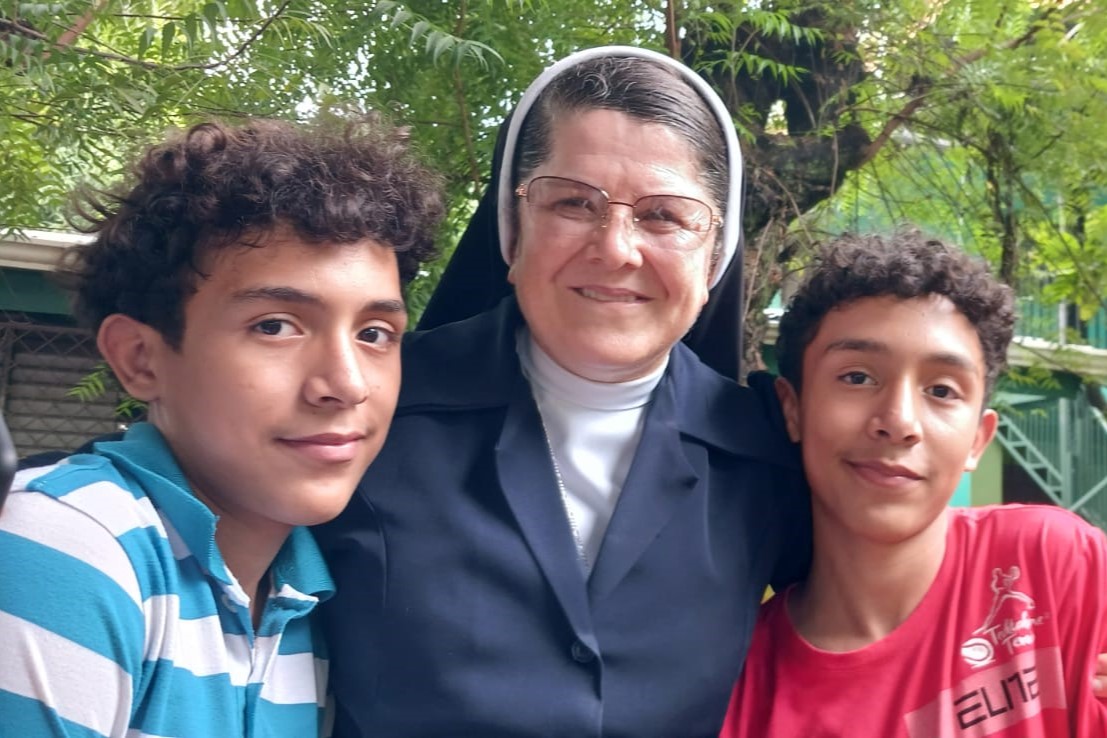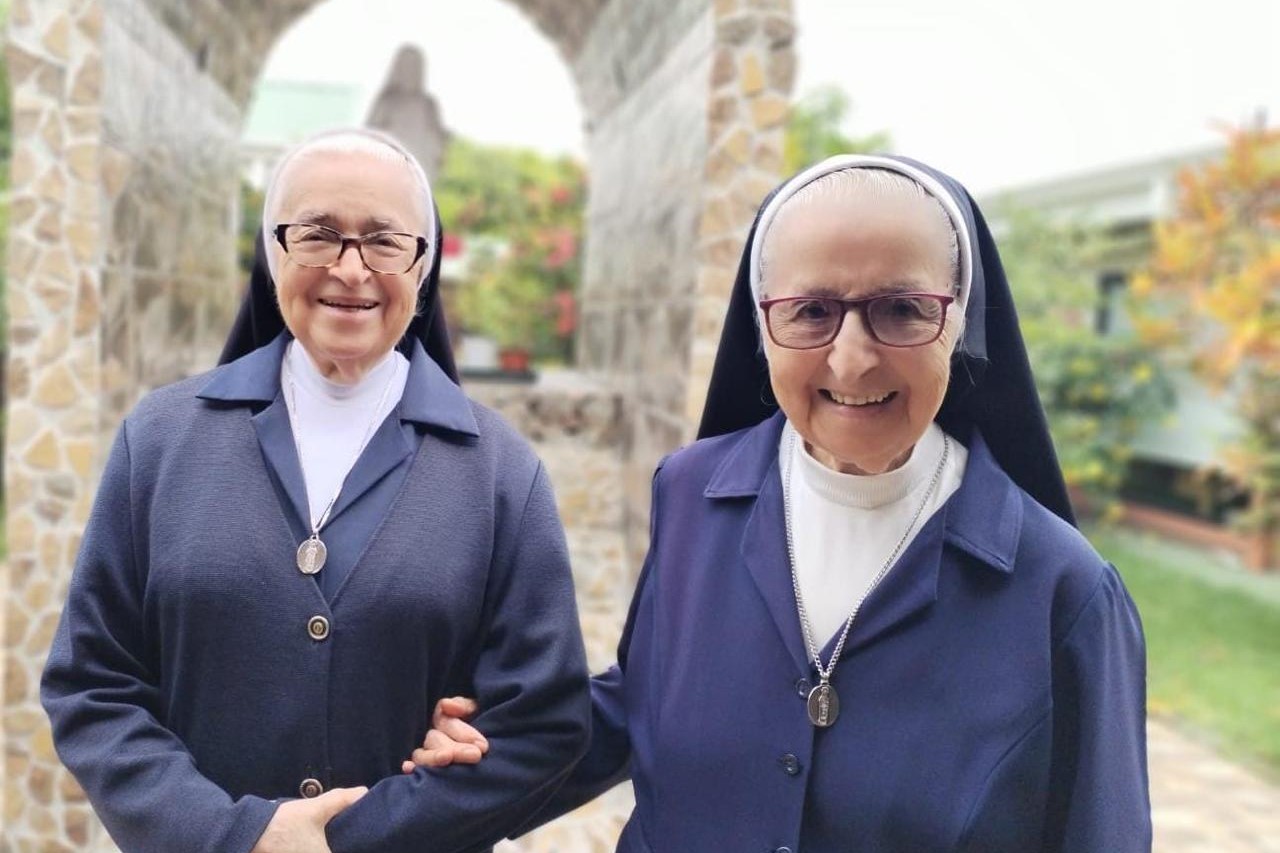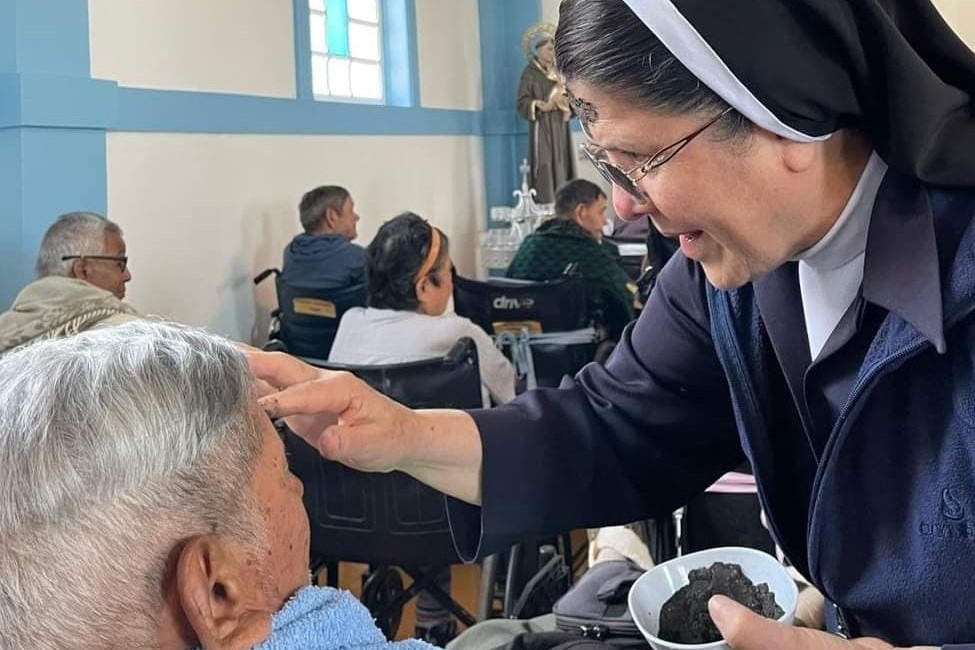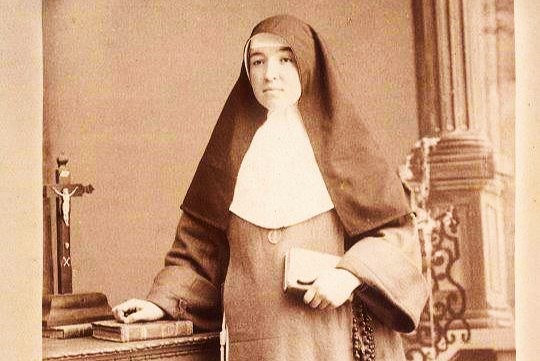
Sr. Paula Gil Cano, now Venerable Mother Paula, founded the Franciscan Sisters of the Immaculate Conception. (Courtesy of Franciscan Sisters of the Immaculate Conception)
From my earliest memories, Mother Paula's presence has been a constant in my life and that of my family. Over the decades, I have come to deeply appreciate her spiritual legacy and her dedication to God and service to others.
I was almost 6 when my sister, Luz Marina, said goodbye to our family to join the congregation of the Franciscan Sisters of the Immaculate Conception, founded by Mother Paula. It was 1949, a century after the birth of this great woman. At that time, neither my sister nor I knew what a religious institute was. She only felt the breath of the Holy Spirit guiding her to follow Christ and to consecrate her life entirely to God.
Thirteen years later, I also decided to heed the call. By then, thanks to a magazine published by the Franciscan Sisters of the Immaculate Conception to commemorate the 25th anniversary of the first sisters' arrival in Costa Rica, I had a vague notion of their work in Costa Rica and Central America. In addition, I was able to find glimpses of their biography, which further deepened my connection to their mission.
It is admirable to see how this woman [Mother Paula], with little formal education but a heart full of tenderness, was so determined to meet the needs of those who came to her.
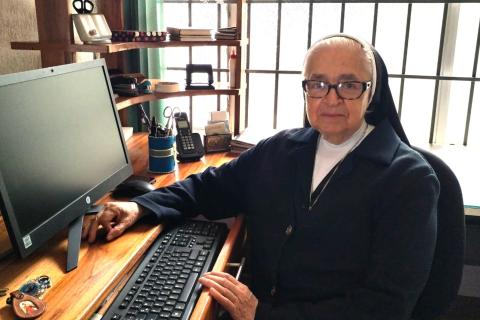
Sr. Elizabeth Carranza Sanchez transcribed handwritten chapters about Venerable Mother Paula for a book on her spiritual life. (Courtesy of the Franciscan Sisters of the Immaculate Conception)
I arrived at the congregation's house on Sept. 2, 1962. Along with the many teachings imparted to us aspirants during formation, the biography of Mother Paula and the lives of the sisters who inherited her charism were central to our learning, especially within the hospital environment where they extended that gift of the Holy Spirit.
Throughout my religious formation, I passed through significant stages, always remembering Mother Paula on key dates such as her birth and death. Visiting Vera, her hometown in Spain, I saw the church where she was baptized and the house in Murcia where she lived and died. In Madrid, at the Casa Generalicia San Francisco de Asís, I delved into documents about her life and the expansion of the congregation she founded. I even transcribed handwritten chapters of Mother Paula's life for a book on her spiritual journey, feeling a profound connection with her through her letters and documents.
During those years, I received countless teachings and gained extensive experience, particularly in working with documents related to Mother Paula and with the sisters of the fraternity. It was a time when we all dedicated ourselves to initiating the process of her canonization.
My deepest gratitude goes to Sr. Vicenta Mateos Calvo for her tireless work in the canonization process. Working alongside her was a true blessing; may God grant her eternal joy for her selflessness and determination in compiling documents that enriched our congregation's historical archives! I vividly remember her describing the emotion she felt when she discovered a letter Mother Paula sent to Mayor Pascual Abellán on Sept. 2, 1884, offering her services to care for those infected with cholera morbus, a highly contagious disease. The mayor accepted her offer, and Mother Paula went to the lazaretto where the infected were being treated. Four of the sisters who assisted there lost their lives, and Mother Paula herself contracted the disease but was miraculously spared.
The congregation of the Franciscan Sisters of the Immaculate Conception, founded by Mother Paula, has expanded its charitable work throughout Central America, offering care for the elderly, education for children and catechesis in parishes.
A life dedicated to charity
Today, I would like to share my encounter with Mother Paula, hoping to introduce her to others. Her life was marked by humility from the very beginning. Born into a poor family, she faced hardship early on when her father abandoned the family, forcing her mother to place her in the state institution Casa de Misericordia in Cartagena. Paula lived there until she was 30, preparing herself spiritually for the work God would later entrust to her.
At age 30, Paula left Casa de Misericordia to care for orphaned girls in Murcia, a province in southern Spain. Her journey began shortly after the great flood of the Segura River on Oct. 15, which caused widespread devastation in the city. Many children were left orphaned, and a group of women took them in, but they needed someone to care for them full time. The young Paula answered this call, leaving Cartagena for Murcia to care for the girls. Soon, other young women joined her, dedicating themselves to God and committing to the charitable work of caring for the orphans. Over time, this mission expanded to include the care of the elderly in nursing homes and the sick in hospitals.
With the support of Bishop Mariano Alguacil and the spiritual guidance of Franciscan Fr. Francisco Manuel Malo Malo, the institute of religious life slowly began to take shape in Murcia. The charism, inspired by the Holy Spirit, manifested itself not only in Mother Paula but also in the first sisters who quickly joined her in following Christ and engaging in apostolic work.
It is truly admirable to see how this woman, with little formal education but a heart full of tenderness, was so determined to meet the needs of those who came to her. Her actions were driven by her profound love for God and His Most Pure Mother. Despite her active life, she remained deeply connected to the presence of the Most High, whom she addressed with spontaneous prayers and devotions. She faithfully followed God's inspiration and the guidance offered by the church. Paula had an alert and practical mind when it came to resolving matters related to the consolidation of the Institute. Her tenacity was evident as she worked tirelessly to obtain church approval for the Congregation of the Franciscan Sisters of the Immaculate Conception. She achieved the singular privilege of receiving the Decretum Laudis on March 26, 1900, the approval of the institute on July 6, 1901, and finally, the approval of the constitutions on Sept. 14, 1903.
New horizons in Central America
On Feb. 15, 1935, 11 sisters arrived in Costa Rica from Spain to begin their ministry at the Asilo de Ancianos and the Max Peralta Hospital, both in Cartago. Just three years later, with the necessary permissions, the novitiate was established to train future religious sisters.
The congregation quickly expanded, establishing new foundations in seven hospitals and four nursing homes, and extending its reach into other Central American countries. Today, the province of Our Lady of the Angels boasts 14 houses: 10 in Costa Rica, two in Cuba, one in Nicaragua and one in Panama. Their ministry includes caring for the elderly, educating children, and providing catechesis in parishes, all with the goal of bringing Christ to humanity through charitable service.
Advertisement
The church officially recognized that Mother Paula practiced virtues in a heroic manner, declaring her venerable on July 7, 2017. My heart overflows with emotion knowing that the church acknowledges the humility and simplicity of a woman who gave her life unconditionally to God. Guided by the gifts of the Holy Spirit, her efforts led to the founding of a congregation that now spans three continents.
After reflecting on her life and how she lived the theological virtues of faith, hope and charity, along with the cardinal virtues of prudence, justice, fortitude and temperance, I feel compelled to share her story, entrust myself to her intercession and hope with confidence that the church will one day include her in the catalog of saints.
This story was originally published in Spanish on July 19, 2024.
